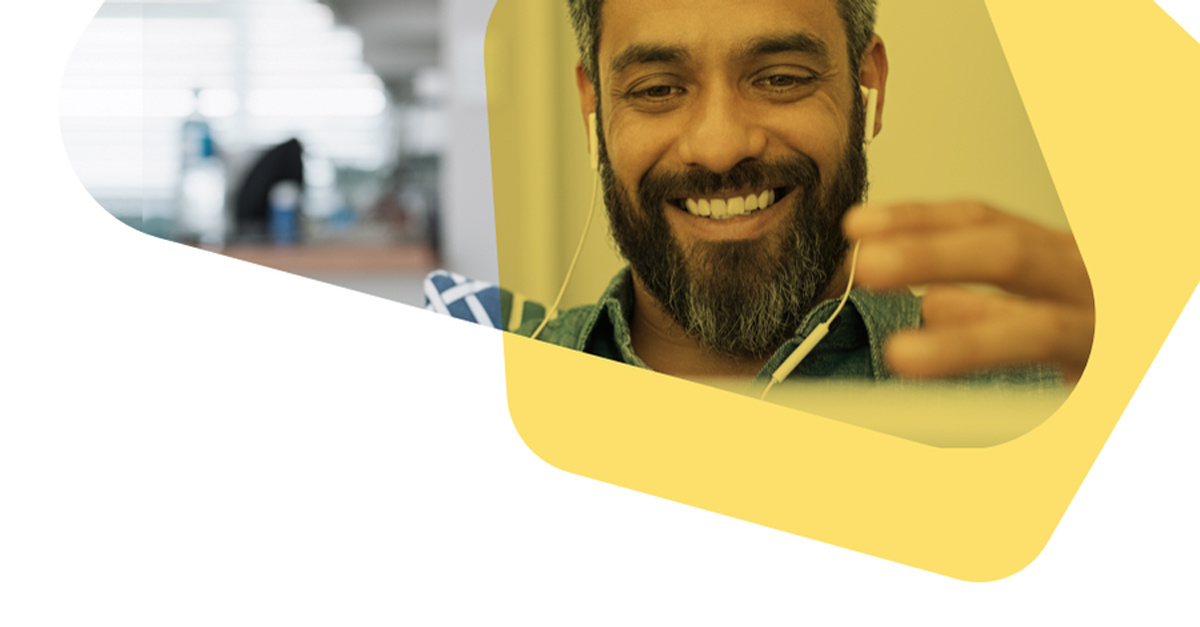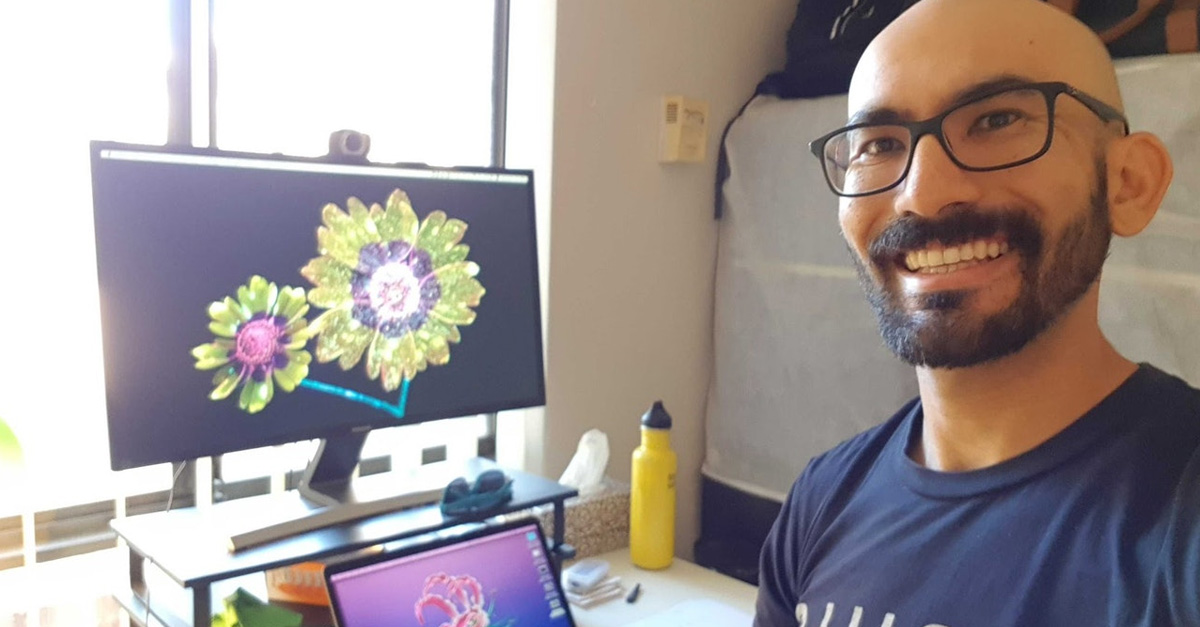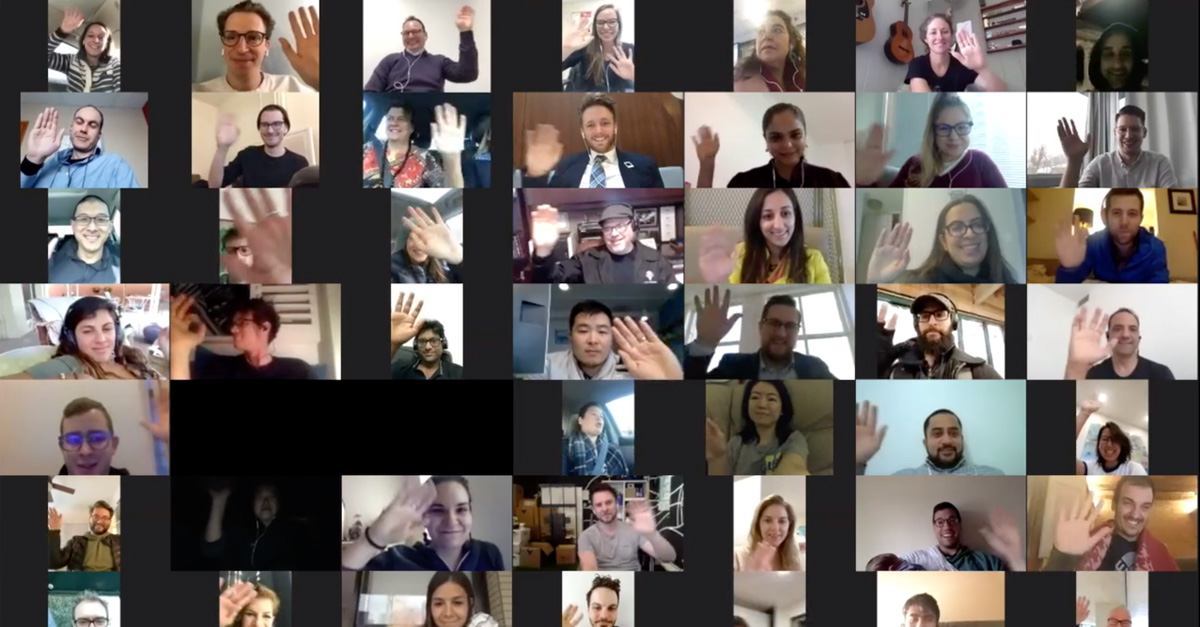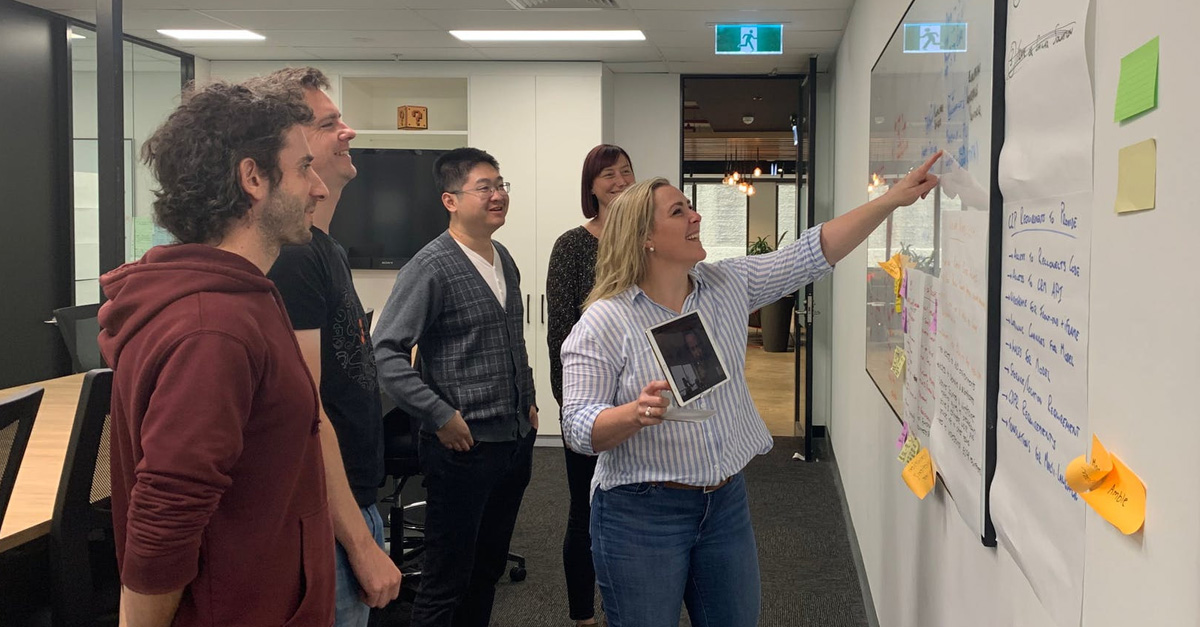What is it?
The quickly evolving COVID-19 situation has impacted many industries, forcing companies to re-imagine the way they operate. For many, this has meant standing up a remote workforce in a hurry.
As a technology consultancy with flexible work practices, our people are well versed in operating this way. So, we’ve curated a collection of blog posts and other resources to share our ways of working, along with the tools that have helped us adapt.
As a technology consultancy with flexible work practices, we’re well versed in this way of working. So, we wanted to share some tips and tricks for how we work remotely with our clients. We spoke with Bryan Signey and Danilo Lo Santo, two of our Sydney based Software Engineers, about their experience working on a remote client project.
What it’s like working remotely, full-time
In September last year, I began working remotely with DiUS from Perth. I had previously worked from home on the occasion, but working remotely day in day out is a different story.
Starting new things, in new ways
Think of the last time you were involved in kicking off a new project. How was the experience of getting everyone aligned around the vision and started on the actual work? Was it smooth and quick, or did you encounter some bumps along the way?
Leading Remotely: From Tokyo to Melbourne
For the last few years I’ve been working remotely from Tokyo, with only short trips back to Melbourne to visit clients and catch up with colleagues. Working remotely has its fair share of challenges (and benefits), and being a technical lead for a team while remote can add a few more to both lists.
Making remote work, work
This isn’t a story so much as a sell. It doesn’t matter if you’re a manager, or a CEO, or a developer, or a tester, or anyone, these skills and practices are important. Even if you don’t do full-time remote work, fixing your work practices to allow the possibility of remote work helps heaps.
Facilitation of GameDay
Running GameDays is an effective chaos engineering practice to rehearse failure scenarios, discover how the system as a whole (including both the technical components and the people involved) respond under stress, and to generally bolster resilience.







